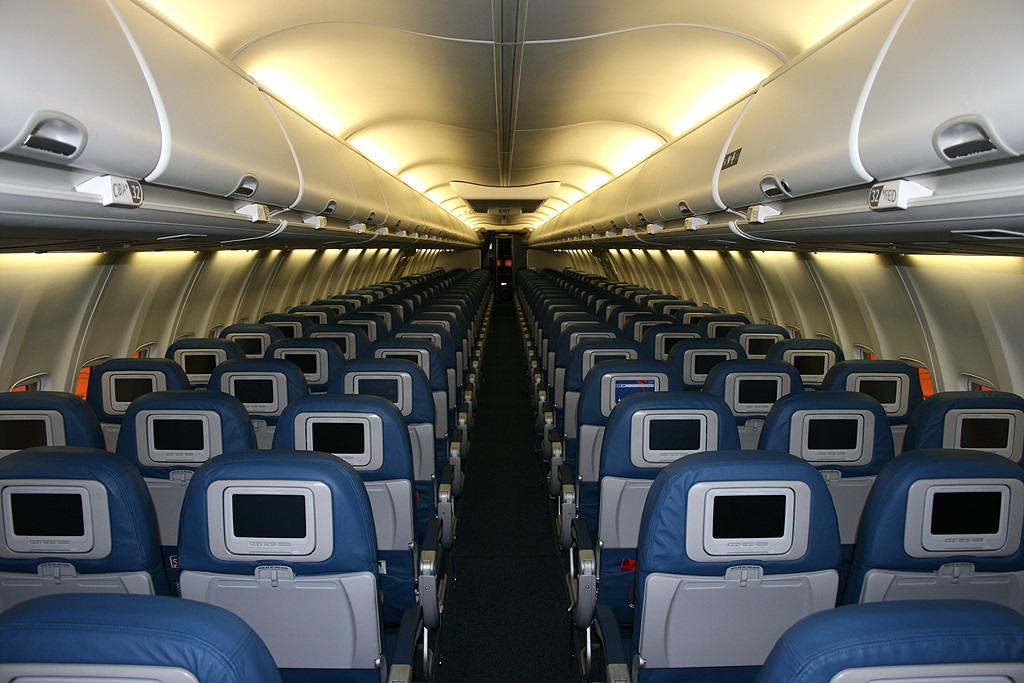Accessibility in In-Flight Entertainment systems.

Accessibility in In-Flight Entertainment systems.
United Airlines recently launched a new In-Flight Entertainment System on their new Boeing 787-10s. Their press release said it is “The world's most extensive suite of accessibility features on a seatback entertainment system, which accommodates any level of vision, as well as provides support for customers with hearing and mobility issues”.
United is not the first airline to launch IFE with accessibility features. But clearly they have done their homework with this system. The first one to implement a system for Visually Impaired passengers was Air Canada in 2014 when they launched a completely different user interface for visually impaired passengers. This was a big step, though prompted partially by possible regulatory requirements by Canadian government. Recently in 2017, Virgin Australia introduced a new user interface for passengers with partial or complete vision impairment (Full disclosure: the author was involved in the development of this product).
In general the IFE systems need to be made accessibility for two broad types of disabilities, visually impaired and hearing impaired. The disabilities under visually impaired get categorized further into partially impaired, fully impaired, color blindness, contrast blindness, sensitive to brightness etc.
During the last 10 years closed captioning and subtitles for videos were introduced in IFE systems for hearing impaired passengers. That has been touted by airlines has a major accessibility feature. But there is really not much that airlines can take credit of in this case. The closed captioning and subtitles were made mandatory in the wider media markets much earlier and the airline industry only inherited it as part of media acquisition. It did involve crossing substantial technical hurdles starting from sourcing media with CC/ST data, distributing it to seats and presenting it to passengers. It continues to cost more to airlines to carry media with subtitles and closed captioning. The motivation though is mostly to make the media accessible to non-native language speakers than to cater to hearing impaired passengers.
Unlike earlier attempts, United has incorporated many accessibility features that are commonly found on any smartphones these days. This makes it much more accessible to passengers with different levels and types of impairments. Earlier launches by Air Canada and Virgin Australia did not result in other airlines immediately following suit. Hopefully things will be different this time with United leading the way.